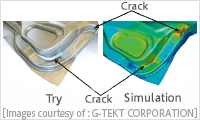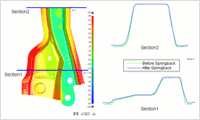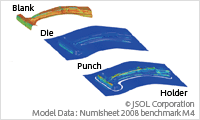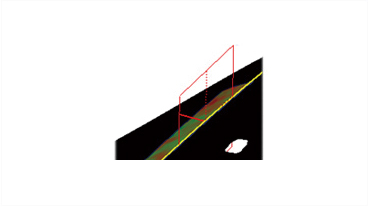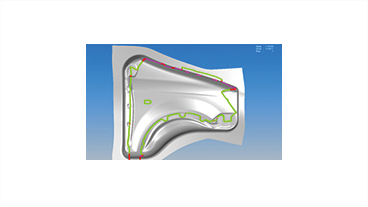

Sheet metal forming JSTAMP
-
Crack
-
Wrinkle
-
Springback
-
Expected die
-
Die structure examination

- Products
- JSTAMP

Sheet metal forming JSTAMP
Request a Consultation
-
Crack
-
Wrinkle
-
Springback
-
Expected die
-
Die structure examination
